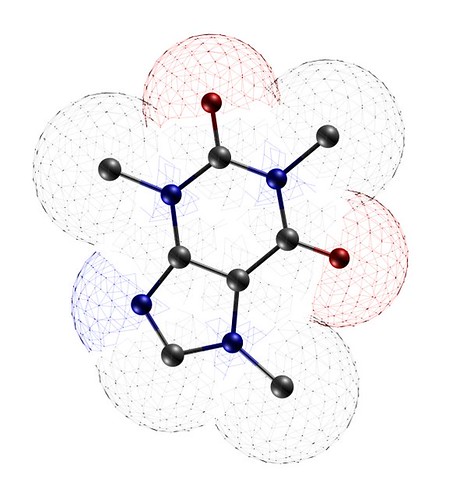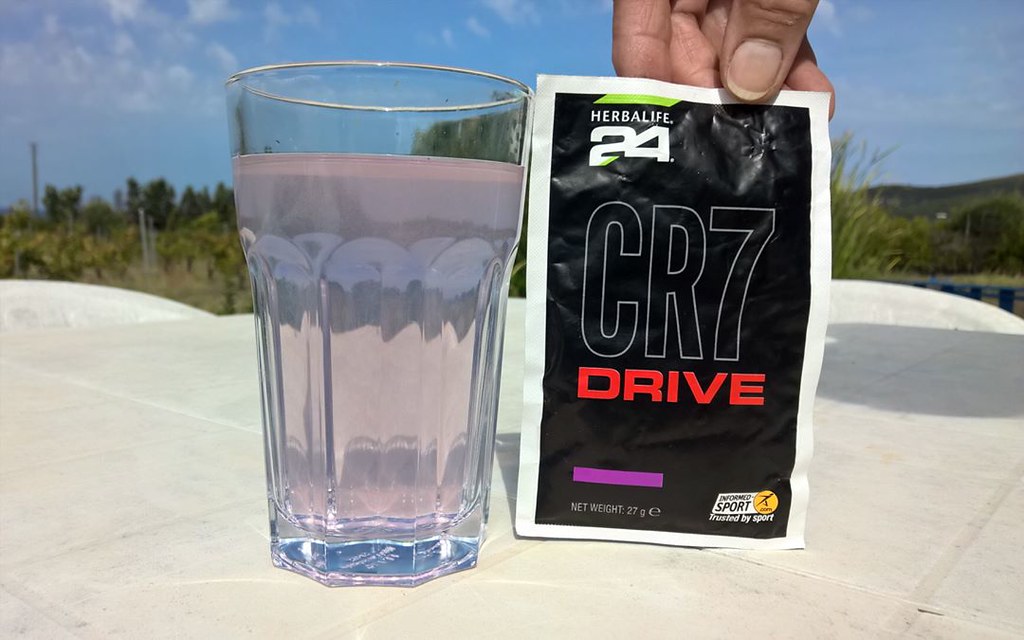
Many of us reach for an energy drink when we feel that familiar slump hitting, hoping for a quick jolt to kickstart our day or push through an afternoon lull. These brightly colored cans promise instant alertness and sustained vitality, painting a picture of boundless energy. However, have you ever felt tired within a few hours of finishing your chosen pick-me-up, perhaps even more fatigued than you were before? Well, you’re certainly not alone in experiencing this counterintuitive phenomenon.
Despite the widespread assumption that energy drinks will make you feel energized and alert, they can, in many cases, lead to a profound sense of tiredness or fatigue. This paradoxical effect isn’t just in your head; it stems from a complex interplay of physiological mechanisms within your body. Understanding these biochemical processes is key to unraveling why beverages designed to combat exhaustion often perpetuate the very tiredness they claim to eliminate.
This in-depth analysis will examine the primary culprits behind energy drink-induced fatigue. We’ll explore well-established mechanisms, from the inevitable caffeine crash to the hidden impact of high sugar content and other ingredients. By shedding light on these processes, we aim to empower you with the knowledge needed to make informed choices about your energy management and avoid the stimulant-fatigue loop that traps millions.
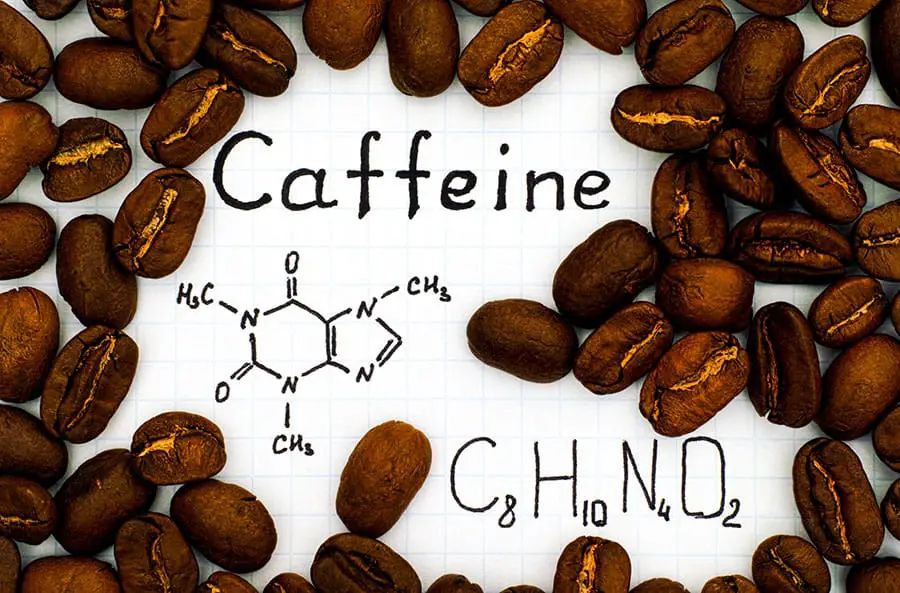
1. **The Caffeine Crash: When Adenosine Receptors Rebound**The primary ingredient in most energy drinks is caffeine, a powerful stimulant that promises to banish drowsiness. Caffeine works by blocking the effects of adenosine, a brain chemical naturally involved in sleep. As Kimberly Gomer, MS, RD/LDN, a registered licensed dietitian and nutritionist, and the Director of Nutrition at Body Beautiful Miami, explains, “Adenosine is a brain chemical that is involved in sleep. When caffeine blocks adenosine, it causes neurons in the brain to fire.” This temporary blockade makes you feel alert and energized, as your brain’s natural “sleep signal” is temporarily suppressed.
However, this initial boost comes with an inevitable downside: the caffeine crash. While caffeine occupies adenosine receptors, your brain continues to produce adenosine at its usual rate. Once the caffeine begins to wear off—typically within one to five hours post-consumption—the accumulated adenosine suddenly floods the now-available receptors. This rapid surge of sleep-promoting neurotransmitters creates an intense drowsiness that can leave you feeling even more tired than you were before consuming the energy drink.
This phenomenon is further complicated by the body’s adaptation mechanisms. Research indicates that chronic stimulant consumption, like regular energy drink use, can actually upregulate adenosine receptor density. This means your brain develops more receptors, making it increasingly sensitive to adenosine’s sleep-promoting effects over time. Consequently, the severity of the caffeine crash can intensify with habitual use, creating a more pronounced dip in energy and alertness.
To put it simply, caffeine provides a borrowed energy, and the payment is often a greater sense of exhaustion later. The temporary energy boost is followed by a compensatory rebound effect, where your body overcorrects for the artificial stimulation, leaving you feeling depleted and often searching for another fix.
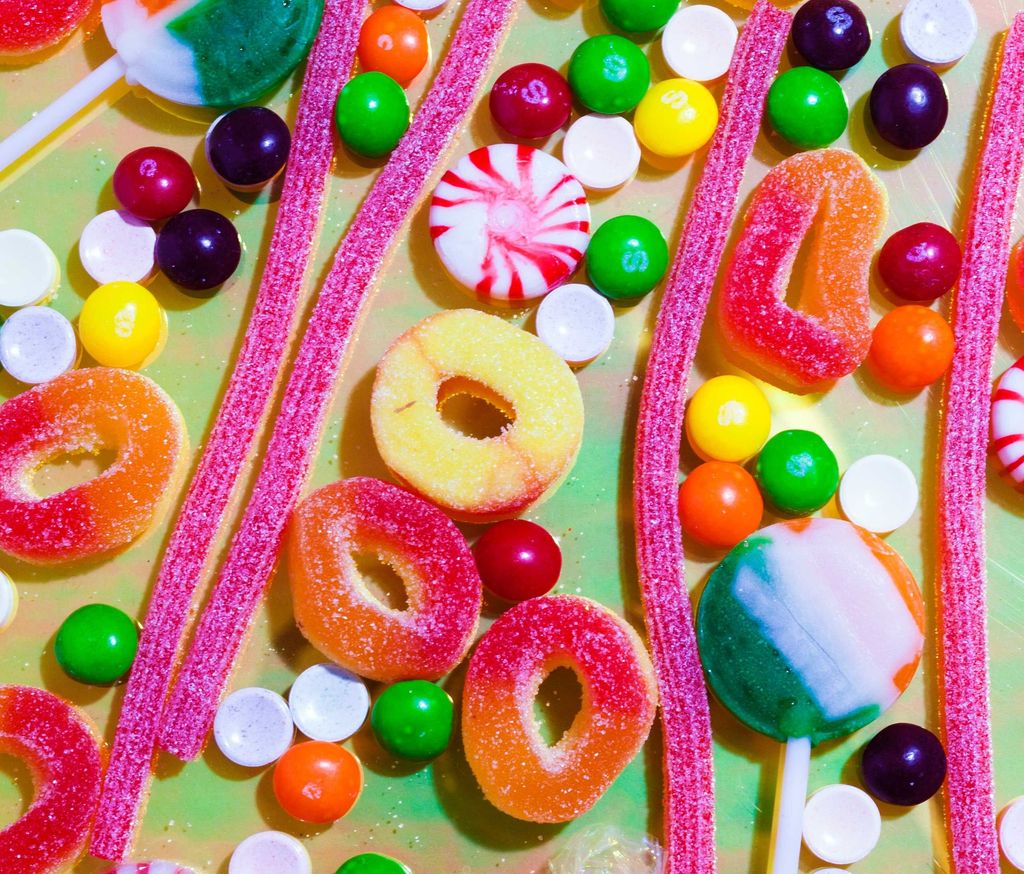
2. **The Sugar Crash: Reactive Hypoglycemia and Insulin Response**Beyond caffeine, energy drinks typically contain substantial sugar concentrations, which are marketed as another source of energy. These beverages can contain between 21 and 34 grams of added sugar per ounce, with popular brands often containing 27g to 62g per serving. These amounts frequently exceed daily recommendations from the U.S. Food and Drug Administration (FDA), which advises no more than 50 grams of added sugar a day on a 2,000-calorie diet.
The sugar content primarily comes from fast-acting sources like sucrose, glucose, or high fructose corn syrup. Consuming such high levels of simple sugars leads to a rapid spike in blood sugar. This sudden elevation triggers a strong insulin response from the pancreas, as your body works quickly to restore normal blood sugar levels by moving glucose from the bloodstream into your cells.
However, the sheer magnitude of sugar intake often prompts an excessive production of insulin. This overcompensation causes blood glucose levels to plummet below baseline—a condition known as reactive hypoglycemia, or more commonly, a “sugar crash.” As Kimberly Gomer explains, “If the drink has a high sugar content, it can cause a spike in blood sugar which can be followed by a crash. The blood sugar level will drop—leaving the person feeling fatigued and sluggish.”
The initial energy boost from sugar typically lasts a mere 30 to 60 minutes before the crash sets in. Symptoms of reactive hypoglycemia include not only fatigue and sluggishness but also decreased alertness, cognitive impairment, headaches, irritability, concentration difficulties, and a renewed craving for more sugar. This physiological rollercoaster leaves consumers feeling depleted and often drives them to seek additional stimulation, perpetuating a cycle of energy highs and lows.
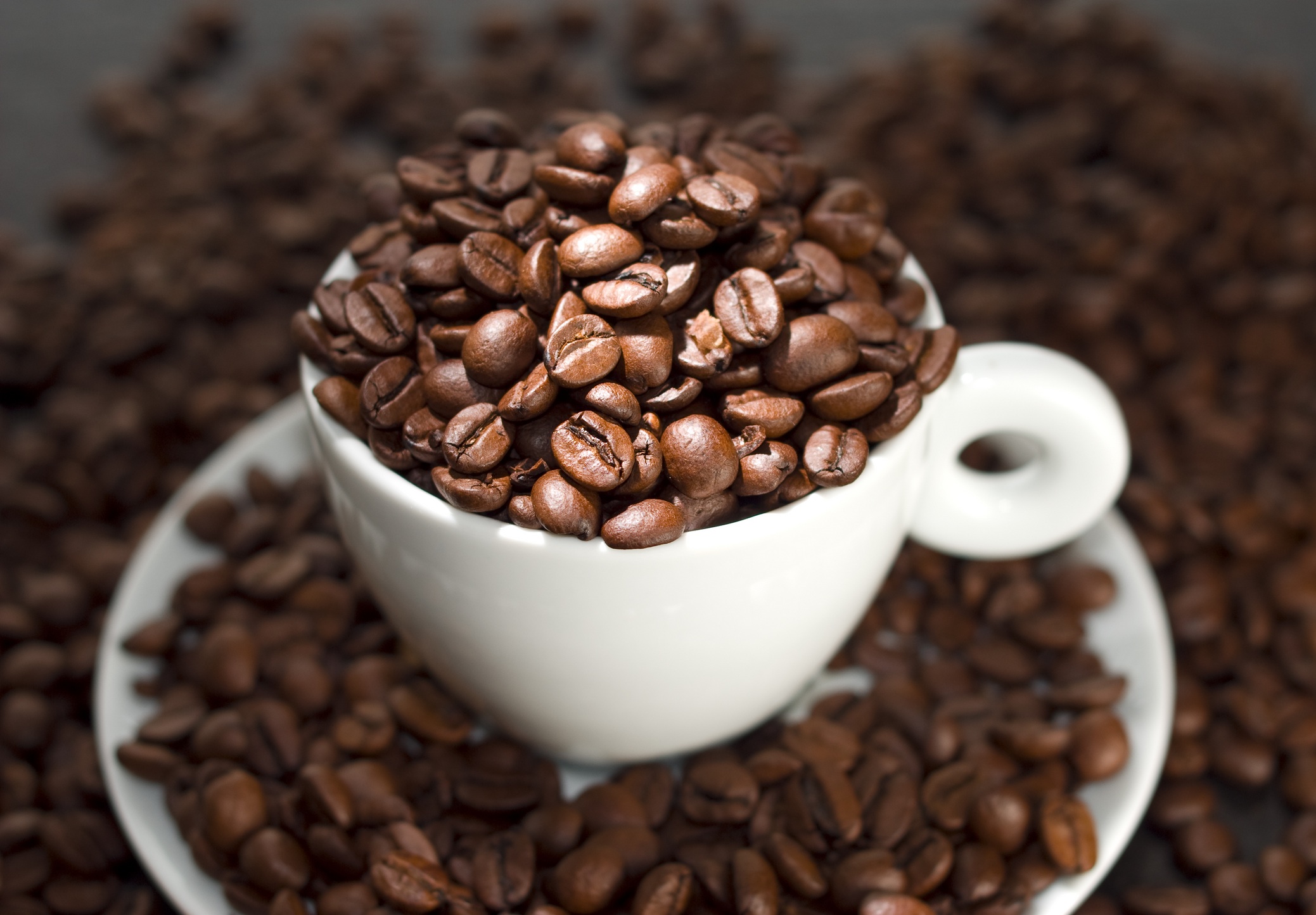
3. **Caffeine Tolerance: Receptor Adaptation and Diminishing Returns**Regular consumption of energy drinks can lead to a phenomenon known as caffeine tolerance, where the body adapts to the stimulant, reducing its effectiveness over time. This process involves neuroadaptive changes in the brain, particularly concerning adenosine receptors. The brain responds to chronic blockade of these receptors by increasing their density and modifying their sensitivity. Studies indicate that tolerance can develop within as little as three to five days of consistent use.
As tolerance progresses, individuals require progressively higher doses of caffeine to achieve the same level of alertness and energy they initially experienced. This explains why a single energy drink might not have the same energizing effect on a habitual user as it would on someone consuming it for the first time. The brain adjusts its chemistry to accommodate the constant presence of caffeine.
Eventually, for habitual energy drink users, the consumed amounts may only serve to prevent withdrawal symptoms rather than providing a genuine energy enhancement. Their baseline energy becomes dependent on maintaining a certain caffeine level, rather than experiencing natural stimulation. This often leads to the frustrating feeling of still being tired despite regular consumption, trapped in a cycle where caffeine merely keeps them at their starting point.
Tolerance mechanisms extend beyond adenosine, involving other neurotransmitter systems like dopamine and norepinephrine pathways. These complex adaptations create a neurochemical environment where energy drinks become a necessity for merely functioning normally, rather than truly boosting performance or vitality. The diminishing returns of caffeine mean the initial promise of sustained energy gradually fades.

4. **Caffeine Withdrawal: The Physiological Dependence Trap**Caffeine withdrawal is a clinically recognized condition that can significantly contribute to feelings of fatigue and exhaustion, trapping individuals in a cycle of dependence. Physical dependence on caffeine can develop surprisingly quickly, with withdrawal symptoms emerging even from modest reductions in intake—as little as 100mg daily. This means even slight deviations from your usual energy drink routine can trigger uncomfortable effects.
The primary symptoms of caffeine withdrawal are varied and impactful. They include severe fatigue and overwhelming drowsiness, intense headaches, mood disturbances such as irritability and depression, cognitive impairment, and concentration difficulties. Some individuals may also experience gastrointestinal distress, nausea, and a pervasive mental fog that reduces processing speed. These symptoms can be quite debilitating and directly contribute to the feeling of being tired.
The severity of withdrawal symptoms correlates directly with habitual consumption levels. Individuals who consume multiple energy drinks daily will typically experience more pronounced and intense symptoms when they attempt to reduce or stop their intake. This creates a self-perpetuating cycle: the fatigue and discomfort from withdrawal drive continued consumption, preventing the body’s natural energy regulation from recovering.
Typically, withdrawal symptoms peak 24-48 hours after the last consumption and gradually resolve over 5-10 days. However, subtle energy deficits and a general feeling of tiredness may persist for weeks as the neurochemical systems in the brain readjust to functioning without caffeine. This protracted recovery period often makes it difficult for individuals to break free from the stimulant-fatigue loop.

5. **Sleep Cycle Disruption: Circadian Rhythm Interference**Perhaps one of the most critical ways energy drinks contribute to fatigue is by fundamentally disrupting natural sleep architecture. While the immediate goal of consuming an energy drink is to stay awake, the caffeine and other stimulants within them can make sleeping more difficult at night. This creates a negative energy feedback loop: energy drinks disturb sleep, disturbed sleep leads to tiredness, and tiredness then fuels a perceived need for more energy drinks.
Caffeine’s adenosine receptor antagonism prevents the normal accumulation of sleep pressure, which is essential for feeling naturally tired at bedtime. Furthermore, caffeine actively reduces melatonin production, the crucial hormone responsible for initiating and maintaining sleep. As Megan Hilbert, MS, RD, a registered dietitian nutritionist specializing in gut health nutrition, notes, “One of the most common ways energy drinks can make you feel tired is because the caffeine and other stimulants in them may disrupt normal, healthy sleep.”
The extended duration of caffeine’s effects is a key factor. Caffeine has a half-life ranging from two to twelve hours, depending on individual metabolism and genetics. This means that an energy drink consumed in the afternoon can still significantly impact the quality of your sleep hours later, even if you don’t feel acutely alert. It can increase the time it takes to fall asleep, reduce the amount of vital REM sleep, lead to more frequent nighttime awakenings, and impair deep, restorative sleep.
This vicious cycle is detrimental to overall energy levels. Poor sleep quality inevitably leads to next-day fatigue, which in turn prompts individuals to reach for another energy drink. This pattern progressively worsens sleep debt—the difference between the amount of sleep you need and the amount you actually get—creating chronic tiredness that no amount of caffeine can truly address. It masks the body’s natural energy rhythms, preventing proper hormonal cycling and metabolic regulation vital for sustained vitality.

6. **Dehydration: The Hidden Energy Depleter**Hydration is a cornerstone of overall well-being and energy levels. Your body constantly loses water through various processes like sweating, urination, and even breathing, making consistent fluid intake an absolute necessity. While you might assume that consuming a liquid like an energy drink contributes to hydration, the reality is often quite different, and it can paradoxically lead to fatigue.
The caffeine present in energy drinks acts as a mild diuretic, meaning it increases urine production and promotes fluid loss from the body. This effect can contribute to dehydration, especially if energy drinks are consumed without adequate additional water intake, or worse, if they replace normal hydration sources throughout the day. This fluid imbalance compounds with any existing inadequate baseline fluid intake, placing significant physiological stress on your system.
Dehydration impacts energy levels through multiple pathways. A reduction in blood volume forces your cardiovascular system to work harder, increasing heart rate and reducing the efficiency with which oxygen and nutrients are delivered to your cells. Cellular metabolism itself becomes impaired, as optimal fluid balance is essential for nutrient transport and the efficient removal of waste products. Even mild dehydration, as little as a 2% loss of body weight, can cause noticeable fatigue, dizziness, headaches, and impaired cognitive function.
Your brain is particularly sensitive to these effects. Decreased cerebrospinal fluid production can potentially affect neurotransmitter function and waste clearance. As Kimberly Gomer explains, “Dehydration can occur that may lead to fatigue, dizziness, and lack of focus—all that would make a person feel more tired.” This combination of cardiovascular strain and neurological impact creates a perfect environment for energy depletion, ironically undermining the very stimulant effects that energy drinks promise.
7. **Role of Other Ingredients: Beyond Caffeine and Sugar**Modern energy drinks are often a complex cocktail of ingredients, far beyond just caffeine and sugar. Manufacturers include various additives designed to enhance performance and differentiate their products. Common examples include taurine, various B-vitamin complexes, ginseng extract, guarana, theobromine, and theophylline. While these compounds are typically marketed as additional energy enhancers, many can paradoxically contribute to feelings of fatigue or other adverse effects through various mechanisms.
Taurine, an amino acid naturally produced by the body, plays a role in neurotransmitter regulation and cellular membrane stabilization. While generally considered beneficial in moderate amounts, excessive intake, as often found in energy drinks, may lead to overstimulation of certain neural pathways. This overstimulation can interfere with natural sleep patterns and contribute to subsequent feelings of tiredness, disrupting the body’s delicate balance.
B-vitamin complexes, especially B6, B12, and niacin, are crucial cofactors for energy metabolism. They are indeed essential for converting food into energy. However, energy drinks frequently contain supraphysiological doses—sometimes exceeding 8,000% of daily values. While a small amount is good, these excessive quantities can create a temporary burst of hyperactivity followed by metabolic strain as the body struggles to process and eliminate the surplus vitamins. This can lead to a feeling of depletion once the initial rush subsides.
Guarana is a particularly noteworthy ingredient due to its hidden caffeine content. Even when a label lists a modest amount of caffeine, guarana naturally contains additional stimulants, including theobromine and theophylline. These compounds metabolize into caffeine within the body, effectively creating a “stealth caffeine” load that significantly increases the total stimulant exposure. This higher overall stimulant burden intensifies the potential for severe crashes, exacerbates tolerance development, and compounds the risk of sleep disruption. Ultimately, the cumulative effect of these various ingredients can push your system into a state of exhaustion, rather than sustained energy.
Navigating the complex landscape of energy drink impacts, we now delve into the more intricate and personalized aspects of why these beverages can leave you feeling drained. Beyond the direct actions of caffeine and sugar, we uncover how energy drinks interact with our hormonal systems, trigger unexpected individual reactions, weave into our behavioral patterns, and are influenced by our diet and surroundings. Finally, we’ll draw a crucial comparison with natural alternatives that offer more sustainable energy pathways.
Read more about: 15 Unexpected Menu Items That Make Bartenders Secretly Roll Their Eyes — Straight From the Bar Experts Themselves

8. **Stress Hormones and Adrenal Function: The HPA Axis Response**Beyond the direct neural impacts, caffeine consumption also vigorously activates the hypothalamic-pituitary-adrenal (HPA) axis. This crucial system orchestrates the body’s stress response, leading to the rapid release of vital stress hormones like adrenaline (epinephrine) and cortisol. While this initial surge in hormones is designed to enhance alertness and physical performance, a sustained and chronic activation of this axis can unfortunately lead to hormonal dysregulation and, ultimately, a profound depletion of your energy reserves.
Adrenaline, with its immediate and potent effects, is responsible for that sudden burst of energy you feel, characterized by an increased heart rate, elevated blood pressure, and a quick mobilization of glucose into your bloodstream. However, this sympathetic nervous system activation is inherently designed for short-term crises and cannot be sustained indefinitely without consequence. As adrenaline levels inevitably decline, individuals frequently experience a pronounced “crash,” marked by overwhelming fatigue, unsettling mood changes, and a significant drop in motivation.
Cortisol, often dubbed the body’s primary stress hormone, follows a more intricate pattern. While its acute elevation plays a crucial role in maintaining alertness and supporting metabolic function, repeated and chronic stimulation from regular energy drink consumption can severely disrupt its natural daily rhythms. Normally, cortisol levels peak in the morning and gradually decline throughout the day; however, artificial stimulation can flatten this essential curve, significantly reducing the hormone’s effectiveness and potentially contributing to those all-too-familiar afternoon energy dips.
The often-discussed concept of “adrenal fatigue”—though not yet recognized as a formal clinical diagnosis—eloquently reflects the very real physiological consequences that stem from chronic HPA axis overstimulation. Emerging research strongly suggests that excessive caffeine intake, especially over prolonged periods, may indeed impair the functional capacity of your adrenal glands. This impairment can diminish the body’s innate ability to respond appropriately and effectively to both psychological and physical stressors, leaving you feeling perpetually exhausted.

9. **Immediate Fatigue and Paradoxical Reactions: When Stimulants Cause Sleepiness**For some individuals, the experience of energy drink consumption takes an even more counterintuitive turn: they report experiencing immediate drowsiness, sometimes within minutes of finishing their drink. This phenomenon, where stimulants trigger sleepiness, profoundly challenges our conventional understanding of stimulant pharmacology. User accounts frequently describe feeling almost instantly sleepy, sometimes following only a brief initial period of alertness, a paradoxical reaction that remains a subject of ongoing scientific inquiry and is still poorly understood by conventional medical literature.
Several intriguing mechanisms may contribute to this perplexing immediate fatigue. These include rare but documented paradoxical drug reactions, where medications produce effects directly opposite to their intended action. The powerful nocebo effect also plays a role, where the psychological expectation of tiredness can become a self-fulfilling prophecy, manifesting in real physiological symptoms. Other factors might involve an unusually rapid and potent insulin response, leading to an immediate blood sugar crash, or severe baseline exhaustion levels that simply overwhelm the stimulant’s capacity to create alertness. Individual metabolic variations, such as genetic differences in caffeine metabolism or receptor sensitivity, could also play a significant part.
The nocebo effect, in particular, warrants close attention, as the power of negative expectations to generate tangible physiological symptoms is well-established. Individuals who anticipate or fear an energy drink crash may unconsciously become hyper-focused on subtle sensations of fatigue, inadvertently amplifying a tiredness that might otherwise go unnoticed or be less pronounced. This psychological feedback loop can transform a minor dip into a major energy crisis.
Adding another layer of complexity, some users vividly describe feeling “wired but tired”—a disconcerting state where they simultaneously experience typical stimulant effects like an increased heart rate and jitters, alongside an overwhelming, pervasive sleepiness. This unique combination strongly suggests complex and perhaps unbalanced interactions between different physiological systems, possibly indicating autonomic nervous system imbalances where the body struggles to maintain equilibrium between its fight-or-flight and rest-and-digest responses.

10. **Influence of Underlying Health Conditions: Medical Modifying Factors**The impact of energy drinks, particularly the severity of subsequent fatigue and crashes, is significantly modulated by an individual’s pre-existing health conditions. Certain medical conditions create a heightened vulnerability to stimulant-induced fatigue, operating through diverse mechanisms such as altered metabolism of ingredients, intricate medication interactions, or a generally heightened physiological sensitivity to the compounds present in these beverages. Understanding these interactions is crucial for a complete picture.
Among the high-risk conditions, several stand out. Individuals with ADHD (Attention Deficit Hyperactivity Disorder) often experience paradoxical calming effects from stimulants due to unique dopamine regulation patterns in their brains. This means energy drinks, unexpectedly, may promote relaxation and even sleepiness in ADHD patients, directly contradicting typical stimulant responses. POTS (Postural Orthostatic Tachycardia Syndrome) patients frequently report severe fatigue after energy drink consumption, largely due to their cardiovascular system’s heightened sensitivity. The stimulant stress can critically worsen blood pressure regulation issues during positional changes, leading to profound exhaustion.
Other conditions, such as anxiety disorders, can find their symptoms exacerbated by stimulants, leading to mentally exhausting cycles of heightened anxiety. GERD (Gastroesophageal Reflux Disease) patients may experience intensified symptoms due to caffeine, creating discomfort-related fatigue. Those with existing heart conditions face increased cardiovascular strain, which heightens fatigue risk, while hypertension can lead to blood pressure fluctuations that destabilize energy levels. Insomnia, an existing sleep disorder, is almost always worsened by caffeine intake, and peptic ulcers can be irritated, causing systemic discomfort that drains energy.
Recognizing these medical modifying factors is not merely an academic exercise; it’s essential for anyone considering energy drink consumption, especially if they have pre-existing health concerns. What might be a minor inconvenience for one person can be a significant health challenge for another, emphasizing the importance of individualized health assessment and cautious stimulant use in the presence of underlying conditions. A simple energy boost can quickly become a medical complication, making informed decisions paramount.
11. **The Behavioral Vicious Cycle: Psychology of Stimulant Dependence**Beyond the purely physiological aspects, energy drink-induced fatigue often initiates and sustains self-perpetuating behavioral patterns that extend far beyond mere physical addiction mechanisms. This insidious cycle typically begins with legitimate feelings of tiredness—whether stemming from insufficient sleep, chronic stress, or the body’s natural afternoon energy dips. Energy drinks then step in, offering a temporary, artificial reprieve, which creates a powerful positive reinforcement that strongly encourages repeated use and dependence.
This behavioral loop involves psychological dependence, which operates distinctly from physical tolerance and withdrawal. Habit formation is deeply entrenched through a combination of environmental cues, strong emotional associations, and the consistent establishment of daily routines. For many, morning fatigue automatically becomes linked with the ritualistic consumption of an energy drink, creating conditioned responses that can stubbornly persist even long after any direct physiological dependence might have theoretically resolved.
Numerous psychological factors actively work to maintain this persistent cycle. Ritualistic behavior transforms energy drinks into an indispensable part of daily routines, making them feel necessary for merely starting the day. Emotional regulation plays a significant role, as individuals often unconsciously use stimulants to manage feelings of stress, anxiety, or general low mood. Social influences, such as workplace culture or peer pressure that normalizes frequent consumption, can further reinforce this habit. Aggressive marketing conditioning from beverage companies creates artificial needs and desires, while sheer convenience factors, like easy availability, continually reinforce habitual use.
Effectively breaking free from this powerful cycle demands a dual approach, addressing both the underlying physiological dependence and the deeply ingrained behavioral patterns. Simple reduction strategies often prove ineffective or fail entirely because they neglect to confront the potent psychological components that are truly driving the continued, almost automatic, use. A comprehensive strategy must acknowledge and address the mental hooks that keep individuals tethered to their energy drink habits.

12. **Dietary Context and Timing: Nutritional Interactions**The effects of energy drinks, including the intensity of their initial boost and the severity of subsequent crashes, can vary significantly depending on their dietary context and the precise timing of consumption. Drinking stimulants on an empty stomach, for instance, dramatically accelerates their absorption into the bloodstream. This rapid influx intensifies both the immediate effects and the subsequent, often more pronounced, crashes. Conversely, consuming energy drinks alongside food—particularly meals rich in protein and healthy fats—can effectively moderate absorption rates, leading to more stable and less volatile energy patterns throughout the day.
Blood sugar regulation plays an absolutely crucial role in how the body processes and responds to energy drink components. Complex carbohydrates, unlike simple sugars, provide a sustained and gradual release of glucose, which is instrumental in preventing the dramatic blood sugar fluctuations that are a primary contributor to severe energy crashes. Furthermore, adequate protein intake stimulates the production of glucagon, a hormone that actively supports stable blood sugar levels, helping to smooth out the energy rollercoaster typically associated with these beverages.
Optimizing the timing of energy drink consumption can also be a game-changer. Morning intake tends to align more harmoniously with the body’s natural cortisol peaks, potentially making the energy boost feel more natural and less jarring. For those using energy drinks as a pre-workout aid, careful timing can maximize performance benefits while still allowing enough time for caffeine to metabolize before evening sleep. Crucially, avoiding afternoon intake is paramount, as it directly prevents sleep disruption and avoids conflicts with natural dinner-time energy declines, which can be exacerbated by a stimulant crash.
It’s important to remember that many mid-afternoon energy dips are not indicators of a genuine need for artificial stimulation, but rather a symptom of inadequate nutrition. A well-chosen, protein-rich snack can often provide a far more sustained and natural energy boost without initiating the characteristic highs and lows of stimulant consumption. Understanding and applying these nutritional interactions empowers individuals to make more informed and healthier choices about their energy management strategies, moving towards genuine vitality rather than borrowed stimulation.

13. **Environmental and Situational Factors: External Influences**Beyond internal physiological responses and individual habits, external environmental conditions and specific situational factors significantly influence both the effects of energy drinks and their potential to induce fatigue. For example, temperature extremes, particularly hot weather, inherently increase the risk of dehydration, which then compounds the fluid loss already associated with stimulant consumption. Additionally, high ambient temperatures can accelerate caffeine metabolism in some individuals, potentially shortening the duration of its perceived effects and hastening the onset of the inevitable crash.
An individual’s stress levels at the time of consumption also profoundly affect their stimulant response patterns. High-stress situations, by their very nature, amplify the release of cortisol and adrenaline. When combined with the stimulating effects of an energy drink, this can potentially overwhelm the body’s natural regulatory capacity, leading to more severe and debilitating crashes. Conversely, consuming energy drinks in a relaxed state may produce more moderate effects, with a gentler and less abrupt decline in energy.
The type of activity being undertaken after consumption also plays a critical role in how energy drinks impact energy levels and crash severity. Sedentary consumption, such as drinking an energy drink while sitting at a desk, can often lead to uncomfortable jittery feelings, anxiety, and a sense of being ‘overstimulated’ without a productive outlet. In contrast, engaging in physical activity can help the body metabolize stimulants more efficiently, potentially mitigating some of these adverse effects. However, it’s crucial to note that combining intense exercise with very high caffeine intake can significantly increase cardiovascular stress and further elevate the risk of dehydration.
Finally, an individual’s hydration status *before* consuming an energy drink critically influences both its effectiveness and the potential for a crash. Pre-existing dehydration amplifies the stimulant-related fluid loss, thereby intensifying existing fatigue symptoms and making the subsequent crash more severe. Maintaining proper hydration, both before and during energy drink consumption, is a simple yet effective strategy that can significantly mitigate some of the most prominent adverse effects and help to stabilize overall energy levels, offering a more balanced experience.

14. **Why Coffee and Tea Might Be Different: Natural Stimulant Advantages**When seeking a pick-me-up, traditional beverages like coffee and tea often present several compelling advantages over commercial energy drinks, which may inherently reduce the potential for a severe crash and foster more sustainable energy levels. These natural alternatives typically contain significantly less added sugar, feature more moderate and naturally occurring caffeine levels, and are rich in beneficial compounds that subtly modulate and temper the stimulant effects, leading to a smoother experience.
Green tea, in particular, deserves special attention due to its unique and complex compound profile. It naturally contains L-theanine, an extraordinary amino acid that promotes a state of calm alertness without inducing sedation. Crucially, L-theanine works synergistically with caffeine, actively counteracting its anxiety-producing effects and mitigating the jitters often associated with higher stimulant intake. This unique combination provides a gentle, focused boost of energy with remarkably minimal crash potential, offering a more balanced and harmonious energizing effect.
The concept of the “matrix effect” helps explain why whole foods and beverages often produce different, and often more beneficial, physiological responses compared to isolated chemical compounds. Coffee and tea are not just sources of caffeine; they contain hundreds of bioactive compounds that interact synergistically within the body. This complex interplay can profoundly moderate the overall stimulant effects, leading to a more gradual energy release and offering a plethora of additional health benefits that extend far beyond a simple jolt of caffeine.
Furthermore, the polyphenols abundantly found in both tea and coffee are potent antioxidants and possess significant anti-inflammatory properties. These compounds play a vital role in supporting sustained energy through various cellular protection mechanisms, safeguarding the body from oxidative stress. They also exert a beneficial influence on glucose metabolism, helping to stabilize blood sugar levels and thereby reducing the dramatic fluctuations that are a notorious contributor to energy crashes caused by high-sugar energy drinks.
Finally, the caffeine release pattern in green tea, and to some extent coffee, differs significantly from that of highly concentrated energy drinks. The presence of L-theanine and other complex compounds in tea leaves creates a slower, more sustained absorption of caffeine into the bloodstream. This gradual release avoids the rapid spike-and-crash pattern that is so characteristic of beverages engineered for an immediate, intense, and often fleeting burst of energy, offering a more enduring and less disruptive sense of vitality.
The journey through the intricate world of energy drinks reveals a sobering truth: the very beverages promising boundless vitality often betray us, ushering in a cycle of profound fatigue. We’ve uncovered the science, from the subtle dance of adenosine receptors to the dramatic dips of blood sugar, and the insidious whispers of stress hormones. It’s clear that genuine, sustained energy doesn’t come in a can, but rather from a holistic understanding of our bodies, our habits, and our environment. By embracing informed choices and natural rhythms, we can break free from the stimulant-fatigue loop, unlocking a truly vibrant and energized life.

